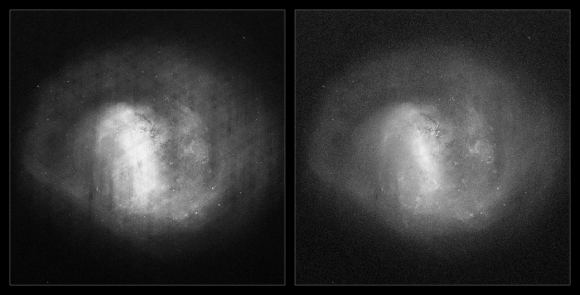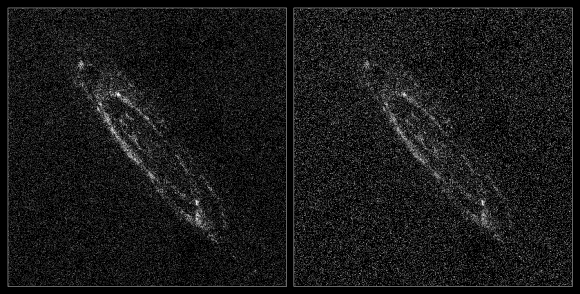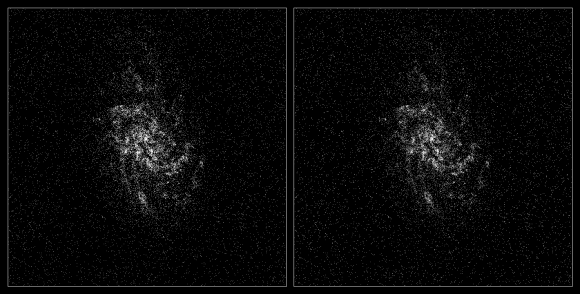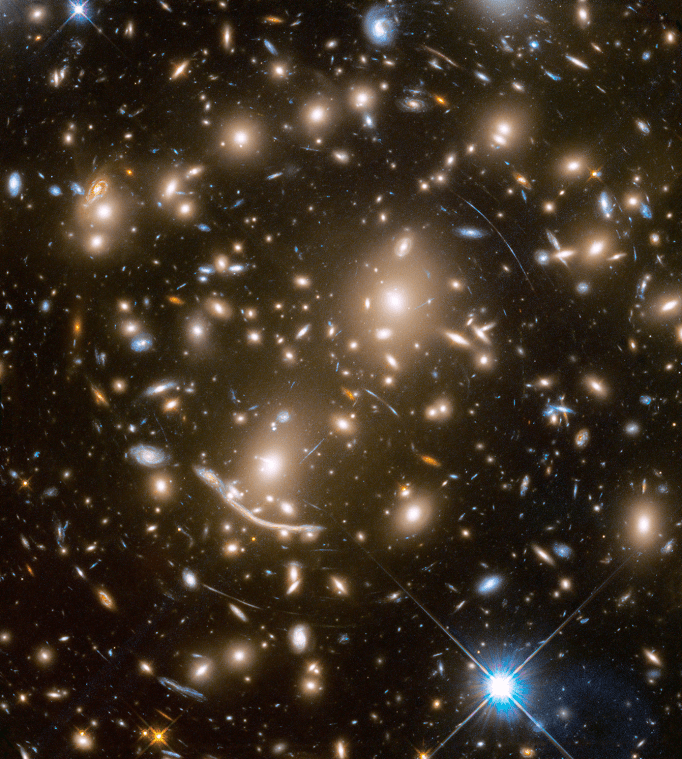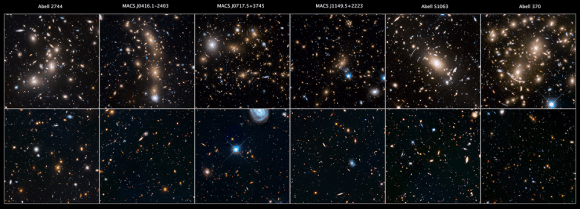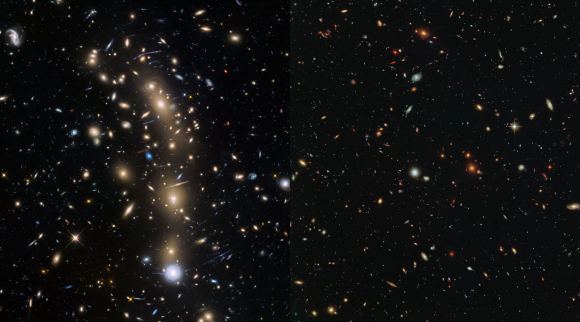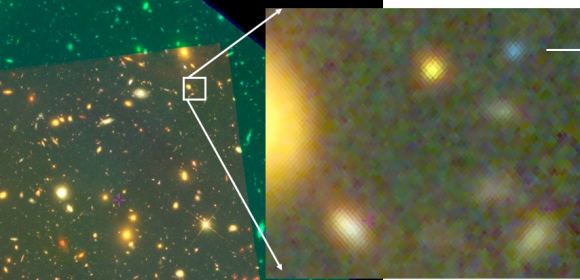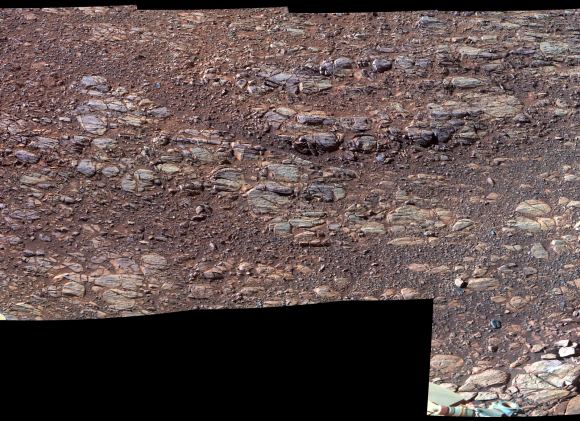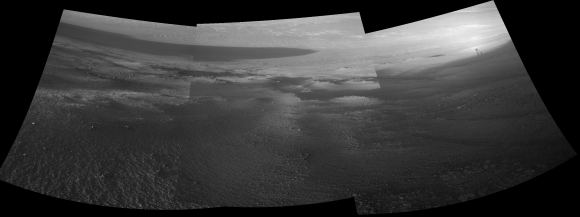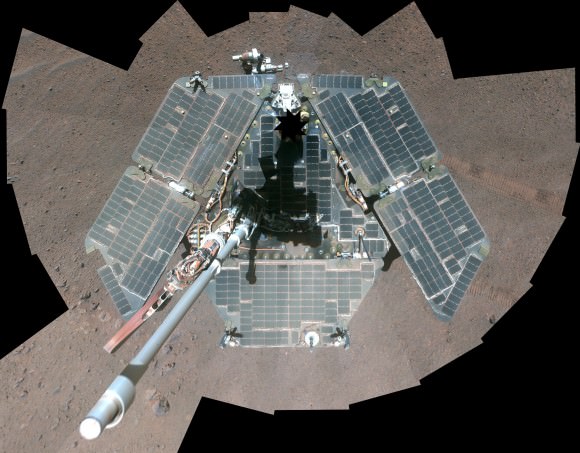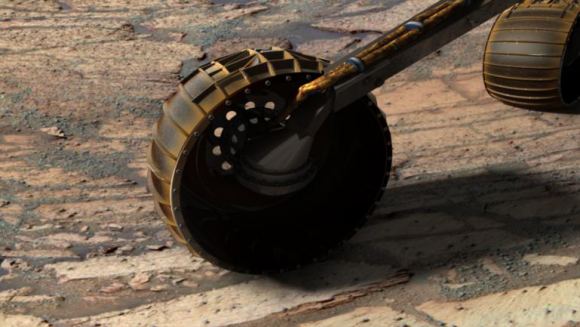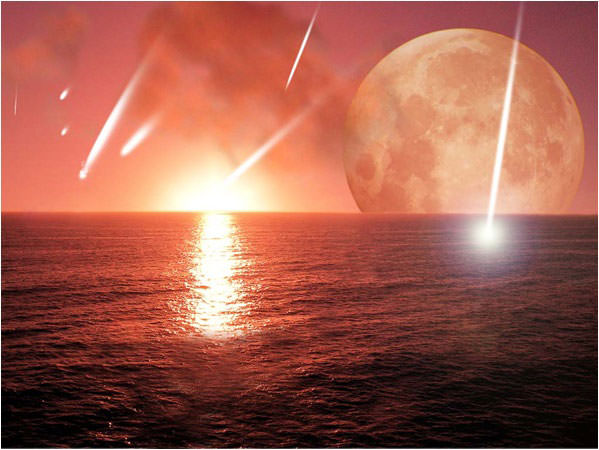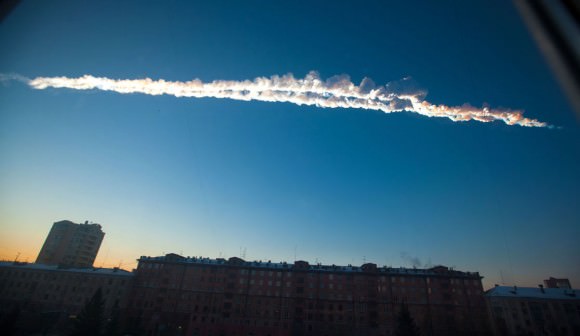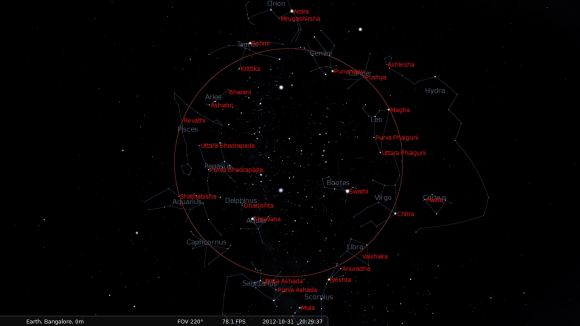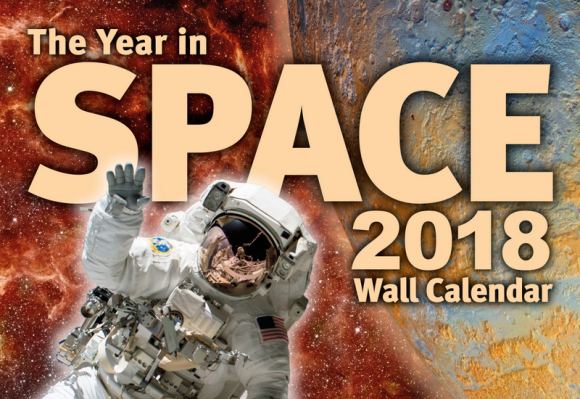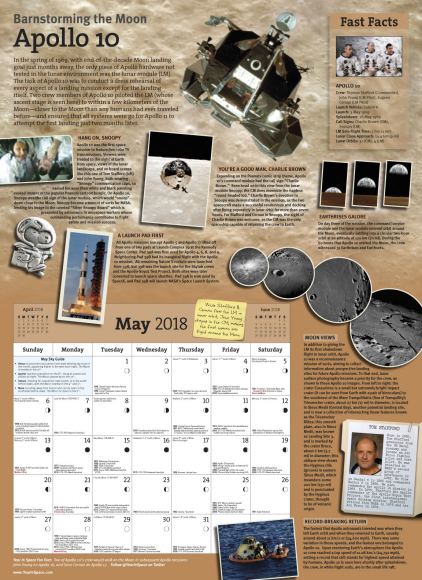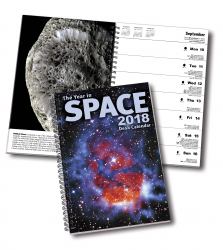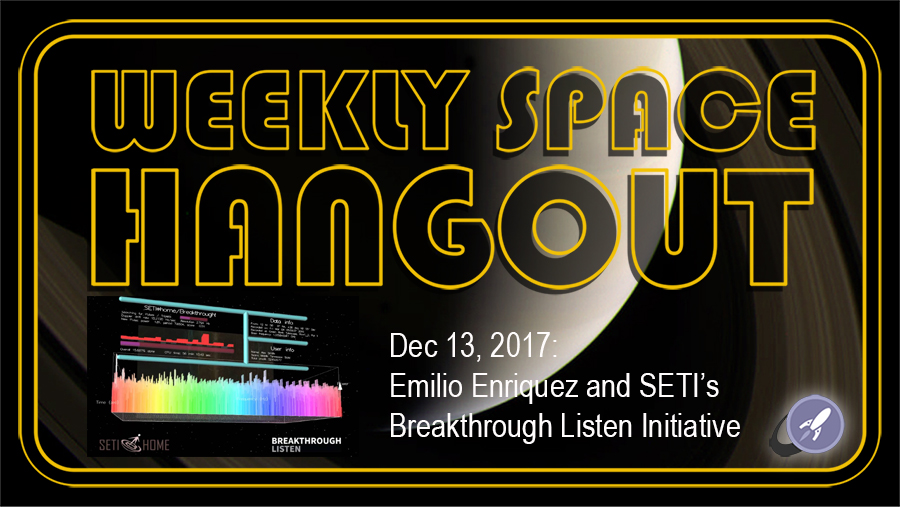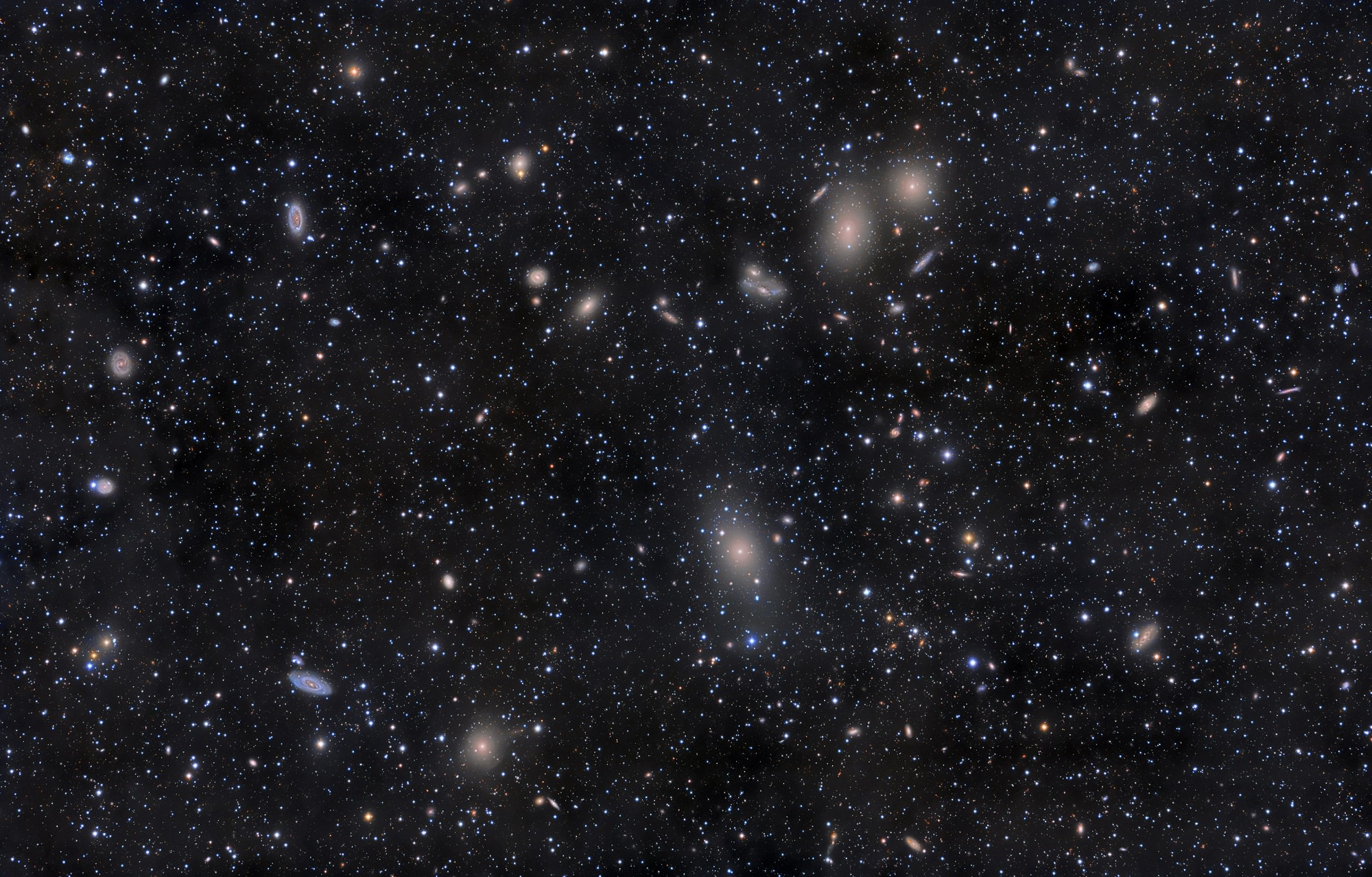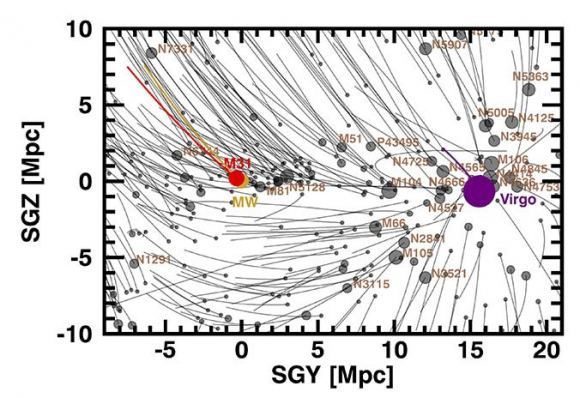Red dwarf stars have become a major focal point for exoplanet studies lately, and for good reason. For starters, M-type (red dwarf) stars are the most common type in our Universe, accounting for 75% of stars in the Milky Way alone. In addition, in the past decade, numerous terrestrial (i.e rocky) exoplanets have been discovered orbiting red dwarf stars, and within their circumstellar habitable zones (“Goldilocks Zones”) to boot.
This has naturally prompted several studies to determine whether or not rocky planets can retain their atmospheres. The latest study comes from NASA, using data obtained by the Mars Atmosphere and Volatile Evolution (MAVEN) orbiter. Having studied Mars’ atmosphere for years to determine how and when it was stripped away, the MAVEN mission is well-suited when it comes to measuring the potential habitability of other planets.
The study was shared on Dec. 13th, 2017, at the Fall Meeting of the American Geophysical Union in New Orleans, Louisiana. In a presentation titled “Spanning Disciplines to Search for Life Beyond Earth“, a team of NASA scientists and researchers from the University of California-Riverside and the University of Colorado-Boulder explained how insights from the MAVEN mission could be applied to the habitability of rocky planets orbiting other stars.

Launched in November 18th, 2013, the MAVEN mission established orbit around Mars on September 22nd, 2014. The purpose of this mission has been to explore the Red Planet’s upper atmosphere, ionosphere and its interactions with the Sun and solar wind for the sake of determining how and when Mars’ atmosphere went from being thicker and warmer in the past (and thus able to support liquid water on the surface) to thin and tenuous today.
Since November of 2014, MAVEN has been measuring Mars’ atmospheric loss using its suite of scientific instruments. From the data it has obtained, scientists have surmised that the majority of the planet’s atmosphere was lost to space over time due to a combination of chemical and physical processes. And in the past three years, the Sun’s activity has increased and decreased, giving MAVEN the opportunity to observe how Mars’ atmospheric loss has risen and fallen accordingly.
Because of this, David Brain – a professor at the Laboratory for Atmospheric and Space Physics (LASP) at the CU Boulder is also a MAVEN co-investigator – and his colleagues began to think about how these insights could be applied to a hypothetical Mars-like planet orbiting around an red dwarf star. These planets include Proxima b (the closest exoplanet to our Solar System) and the seven planet system of TRAPPIST-1.
As Brain he explained in a recent NASA press release:
“The MAVEN mission tells us that Mars lost substantial amounts of its atmosphere over time, changing the planet’s habitability. We can use Mars, a planet that we know a lot about, as a laboratory for studying rocky planets outside our solar system, which we don’t know much about yet.”

To determine if this hypothetical planet could retain its atmosphere over time, the researchers performed some preliminary calculations that assumed that this planet would be positioned near the outer edge of the star’s habitable zone (as Mars is). Since red dwarf’s are dimmer than our Sun, the planet would have to orbit much closer to the star – even closer than Mercury does to our Sun – to be within this zone.
They also considered how a higher proportion of the light emanating from red dwarf stars is in the ultraviolet wavelength. Combined with a close orbit, this means that the hypothetical planet would be bombarded with about 5 times more UV radiation the real Mars gets. This would also mean that the processes responsible for atmospheric loss would be increased for this planet.
Based on data obtained by MAVEN, Brain and colleagues were able to estimate how this increase in radiation would affect Mars’ own atmospheric loss. Based on their calculations, they found that the planet’s atmosphere would lose 3 to 5 times as many charged particles through ion escape, while about 5 to 10 times more neutral particles would be lost through photochemical escape (where UV radiaion breaks apart molecules in the upper atmosphere).
Another form of atmospheric loss would also result, due to the fact that more UV radiation means that more charged particles would be created. This would result in a process called “sputtering”, where energetic particles are accelerated into the atmosphere and collide with other molecules, kicking some out into space and sending others crashing into neighboring particles.
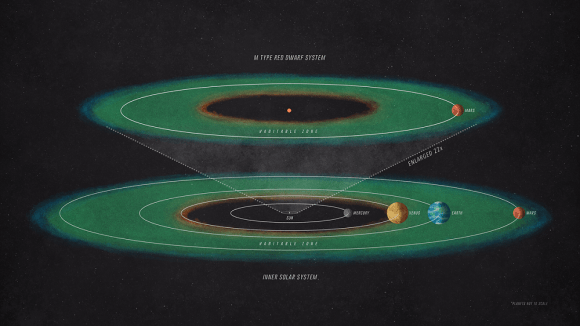
Lastly, they considered how the hypothetical planet might experience about the same amount of thermal escape (aka. Jeans escape) as the real Mars. This process occurs only for lighter molecules such as hydrogen, which Mars loses at the top of its atmosphere through thermal escape. On the “exo-Mars”, however, thermal escape would increase only if the increase in UV radiation were to push more hydrogen into the upper atmosphere.
In conclusion, the researchers determined that orbiting at the edge of the habitable zone of a quiet M-type star (instead of our Sun) could shorten the habitable period for a Mars-like planet by a factor of about 5 to 20. For a more active M-type star, the habitable period could be cut by as much as 1,000 times. In addition, solar storm activity around a red dwarf, which is thousands of times more intense than with our Sun, would also be very limiting.
However, the study is based on how an exo-Mars would fair around and M-type star, which kind of stacks the odds against habitability in advance. When different planets are considered, which possess mitigating factors Mars does not, things become a bit more promising. For instance, a planet that is more geologically active than Mars would be able to replenish its atmosphere at a greater rate.
Other factors include increase mass, which would allow for the planet to hold onto more of its atmosphere, and the presence of a magnetic field to shield it from stellar wind. As Bruce Jakosky, MAVEN’s principal investigator at the University of Colorado (who was not associated with this study), remarked:
“Habitability is one of the biggest topics in astronomy, and these estimates demonstrate one way to leverage what we know about Mars and the Sun to help determine the factors that control whether planets in other systems might be suitable for life.”
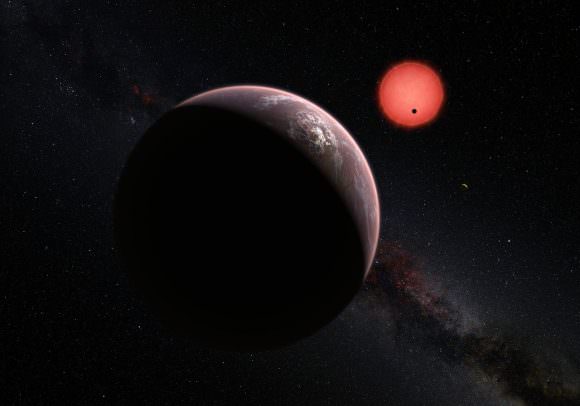
In the coming years, astronomers and exoplanet researchers hope to learn more about the planets orbiting nearby red dwarf stars. These efforts are expected to be helped immensely thanks to the deployment of the James Webb Space Telescope, which will be able to conduct more detailed surveys of these star systems using its advanced infrared imaging capabilities.
These studies will allow scientists to place more accurate constraints on exoplanets that orbit red dwarf stars, which will allow for better estimates about their size, mass, and compositions – all of which are crucial to determining potential habitability.
and Katherine Garcia-Sage of NASA Goddard Space Flight Center and of the University of California-Riverside. You can access the press conference materials by going to NASA Goddard Media Studios.



